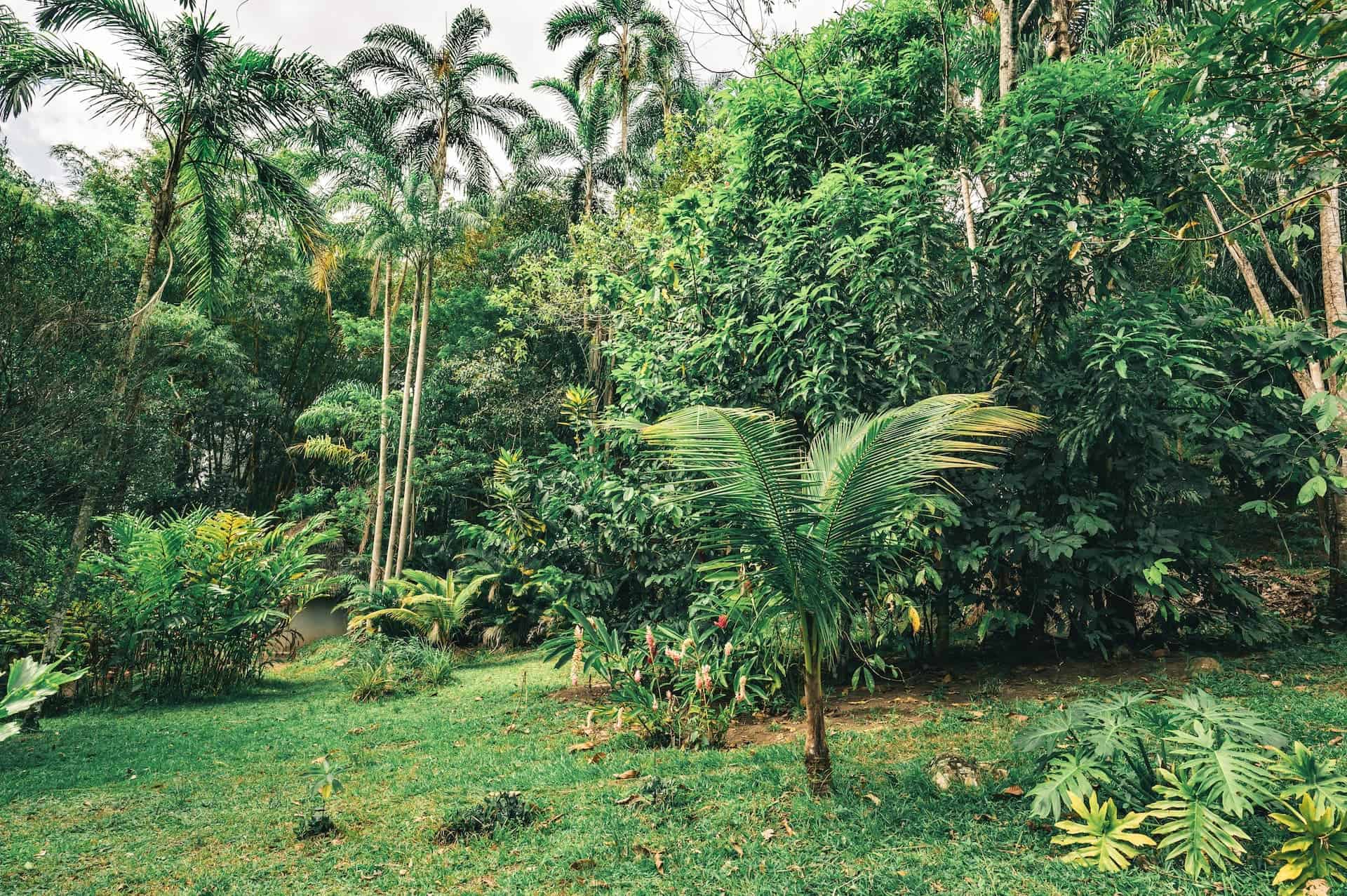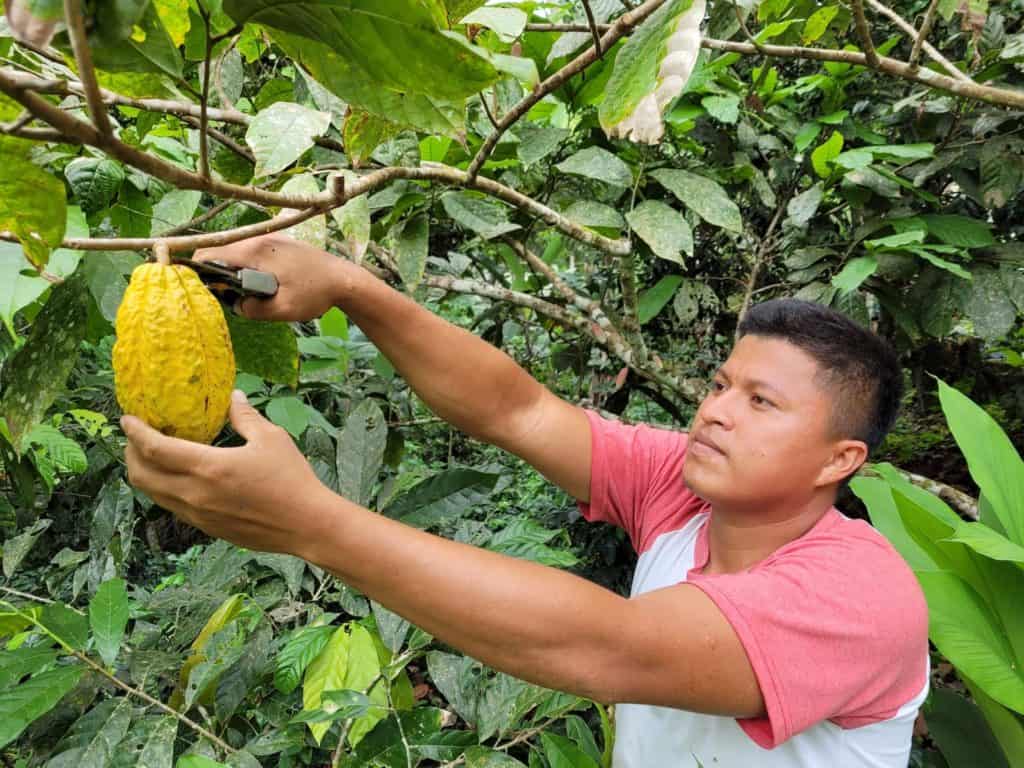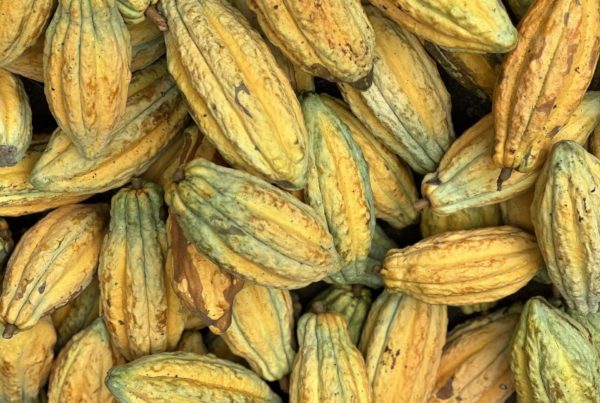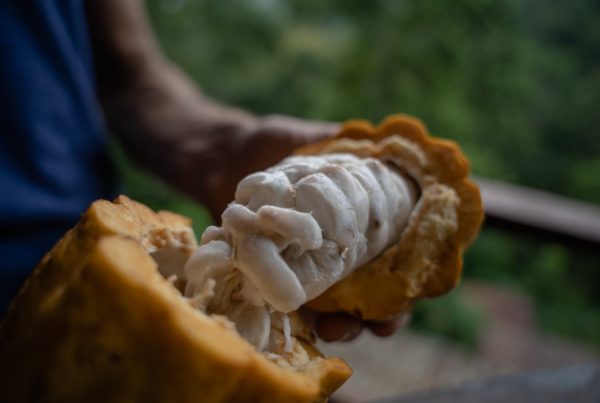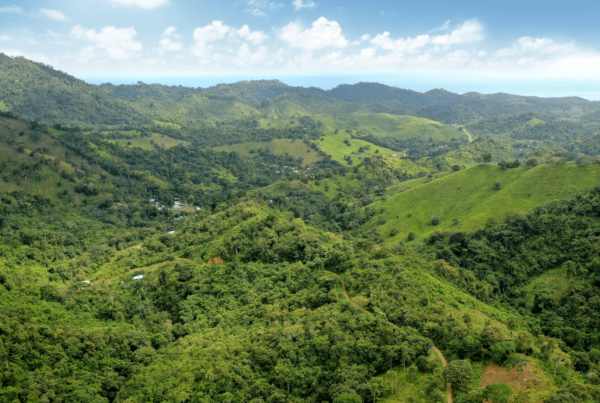Introduction
Conventional reforestation often pits the needs of nature against the needs of people. Regenerative Agroforestry integrates the two. It combines the ecological benefits of reforestation with the socio-economic benefits of regenerative agriculture. It can be a win-win solution for people and the planet…if applied properly.
What is Regenerative Agroforestry?
Regenerative agroforestry is an agricultural method that mimics natural forest ecosystems. It’s a forest restoration method that employs a diversity of trees that also produce food and income for people.
There are many variations of this model. Some versions also incorporate livestock and annual crops. The model of regenerative agroforestry that TMA uses for its Community Reforestation Program combines native shade trees, fruit trees, heirloom cacao trees, and banana and plantain crops—all interplanted in the same parcel of land. Like a forest.
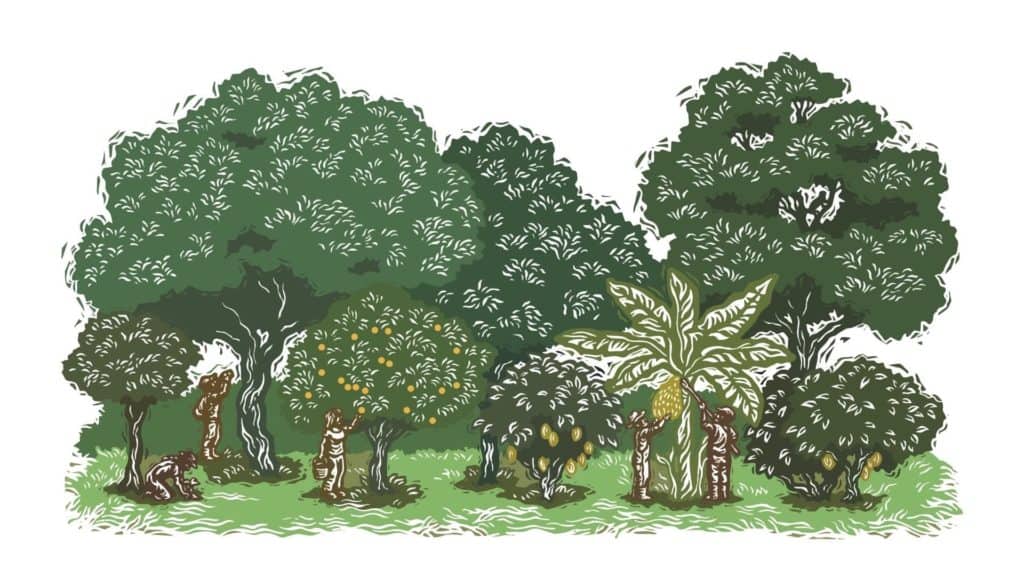
What is Conventional Reforestation?
In the strictest definition, conventional reforestation is the act of converting degraded land back into a forest that resembles its native vegetation. When this is done on uninhabited land that nobody depends on for food or income, this is usually a good idea.
But if the land is inhabited, or people do actively depend on it for food and income, conventional reforestation can be problematic. It pits the needs of nature against the needs of people. This is a conflict that usually doesn’t end well—for one side or the other. It is a zero-sum approach to ecological restoration.
Which is Better?
The choice between regenerative agroforestry and conventional reforestation is entirely determined by the context. More often than not, regenerative agroforestry is the superior option. This merely reflects the reality of the world we live in, which is currently occupied by about 8 billion humans struggling for an ever-shrinking piece of the pie.
In a world of scarce resources, zero-sum approaches are usually not the answer. This is particularly relevant in the rural tropics, which is one of the key battlegrounds in the fight against deforestation, global climate change, and global poverty—all of which are closely interconnected.
It is estimated that 80% of tropical deforestation is caused by cattle ranching and agriculture worldwide. In Latin America, this number rises to 95%. The main reason that people are cutting down forests is to grow food and earn an income. That is the primary driver of tropical deforestation and one of the primary causes of global climate change. It’s also an inefficient use of resources. Often, it’s not even a good source of income. In other words, a lose-lose scenario.
Preventing a large swath of the global population from trying to grow food and earn an income is not a viable solution. A better approach is to integrate forest restoration with food and income benefits for people. That’s what regenerative agroforestry is built for. It eliminates the zero-sum game.
At this juncture of human development, regenerative agroforestry is the best solution available for balancing the needs of people and the planet.
How We Do It
To learn more about how our Community Reforestation Program works, check out our 2-minute animated video below. It’s a project to replace deforestation with regenerative cacao.
